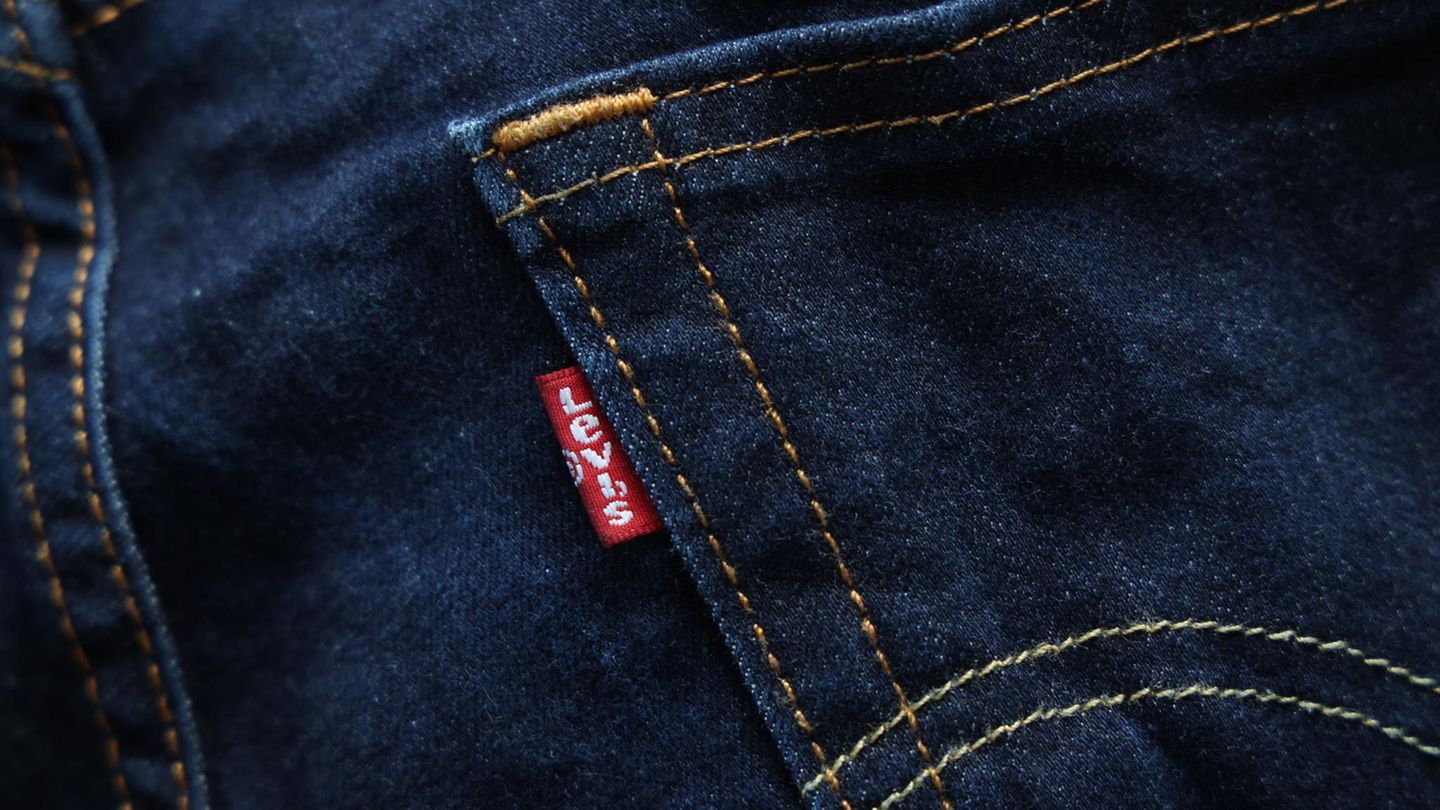Despite certain signs of economic recovery, with a growth of 5.7% in February, the consumption of essential foods such as vaccine meat continues in decline, especially among the most vulnerable sectors. The replacement of cattle cuts for cheaper options such as chicken, pig and even basic products such as noodles, rice or polenta became a constant in homes under the poverty line.
The price of the main courts experienced strong increases in recent weeks. Between the end of March and this week, the Roast Beef passed from $ 9,759 to $ 13,300 (+36%), the Common Carnaza of $ 7,381 to $ 10,100 (+36%), he quadrile of $ 12,719 to $ 17,500 (+33%) and the pallette of $ 10,152 to $ 13,400 (+32%). Other cuts such as the buttock, the spine or the tenderloin also had increases from between 16% and 28%.
This rise responds to both inflation adjustments and preventive increases linked to devaluation. In this context, access to meat became increasingly restricted for broad sectors of the population.
Mass consumption is still in retraction
Argentina is going through a crisis in the massive consumption of food, drinks and cleaning products, with an accumulated contraction of 16 months. According to data from the Chamber of Industry and Commerce of Meat and Derivatives of the Argentine Republic (Ciccra), The consumption of vaccine meat fell in March again a 2.7% monthly and 5.4% year -on -year. In historical terms, the average consumption per inhabitant was 47.8 kilos per year, the lowest level in 30 years.
The fall is also reflected in the points of sale: Meat sales in supermarkets and self -service decreased 7.1% and 3.7% respectively. The increase in the product and the loss of purchasing power have led many homes to reduce their purchase frequency or directly eliminate the meat vaccine from their diet.
Finance Markets Investment Dollar Inflation
This meat rise responds to both inflation adjustments and preventive increases linked to devaluation.
Depositphotos
Meanwhile, wages still do not reach inflation, which in March was 3.7% according to INDEC, with food growing 5.9%. The accumulated rise in the consumer price index so far this year reaches 8.6%, with 55.9% year -on -year.
The economic crisis continues to modify consumption habits in Argentine homes, especially among the sectors most beaten by the loss of purchasing power. According to a Nielseniq report, Consumers are being increasingly selective, prioritizing personal care and home maintenance over the purchase of essential foods.
This change is reflected in statistics: in March, sales of basic foods barely grew 0.5%, while items such as candy and non -essential foods increased by 2.2% and 1.9% respectively. At the same time, alcoholic beverages registered a strong 10%drop, and non -alcoholic remained practically stable, with an increase of only 0.5%.
Source: Ambito




